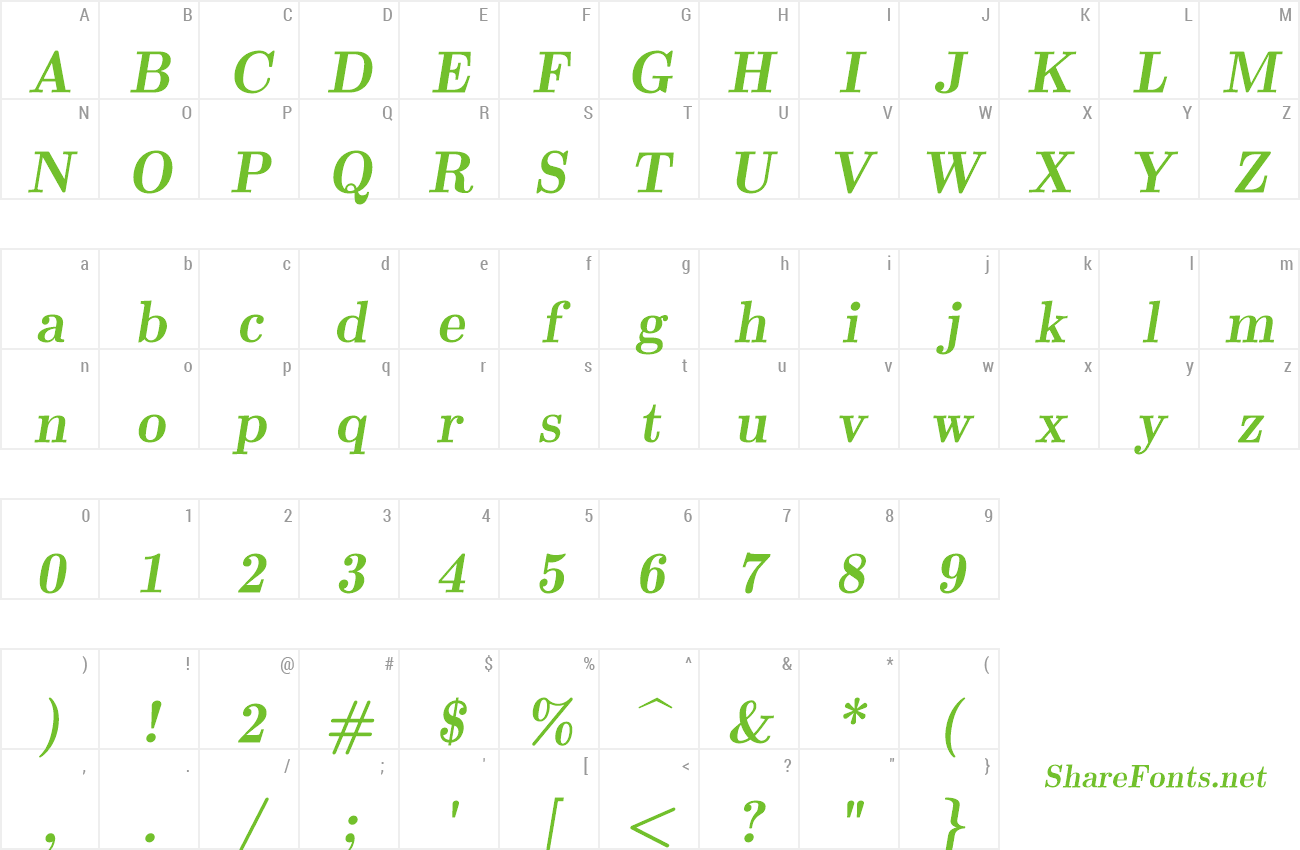
It is observed by Omniglot 1 that the lower case versions of the capital letters derived from cursive script variations of the upper case letters. Here is the more familiar version of the alphabet: The equivalent Classical Latin sentence obtained by applying the appropriate differences between Old Latin and Classical Latin would probably have been:ĭebate continues over whether the inscription was a hoax, perpetrated at the beginning of the 20th century by a German scholar, or not! It is inscribed with a text that appears to be written in Old Latin, here transcribed to English letters: The fibula was thought to originate from the 7th century BCE. Here are two images, the second one enabling the script to be seen more clearly:Īnd here is a reversal of the inscription: The earliest Latin inscription is on a cloak pin (a fibula) which was found in Palestrina (Praeneste) in the 6th century BCE. It is interesting to note that there were several different shapes for the same letter, bearing in mind that they had no lower case letters.

Notice the clear Etruscan shape to the letters. Here it is called the Ancient Latin alphabet: or International Phonetic Alphabet.Ī chart from Omniglot(1) shows an even earlier version of the Latin alphabet dating from 6th Century BCE. Vajda 2 is a very useful resource on this. J is a variant of I, U is a variant of V, and W was introduced as a 'double-v' to make a distinction between the sounds we know as 'v' and 'w' which was unnecessary in Latin." The letters J, U and W were added later to write languages other than Latin.


"There were no lowercase letters, and K, Y and Z were only used for writing words of Greek origin. Here is another view of the Greek alphabet with lower case versions and approximate English pronunciations:Ī B CG D E F(Z) H I K L M N O P Q R S T V Y X The Etruscan, C, was derived from the Greek gamma. The "plosive" refers to closure of the oral cavity, a build up of pressure with vocal cord vibration, ("voiced"), followed by sudden release.

In English, b, d and g are voiced plosives, while ph, and th are not. It is generally agreed that the Roman alphabet is mainly derived from the Etruscan writing system.Įtruscan had no "voiced plosives". Where did the extra ones come from that we use? Looking once more at Boeree's 1 chart of the Evolution of the Greek and Latin alphabets, it is noticeable that the Latin alphabet seems to be "missing" a few letters.


 0 kommentar(er)
0 kommentar(er)
